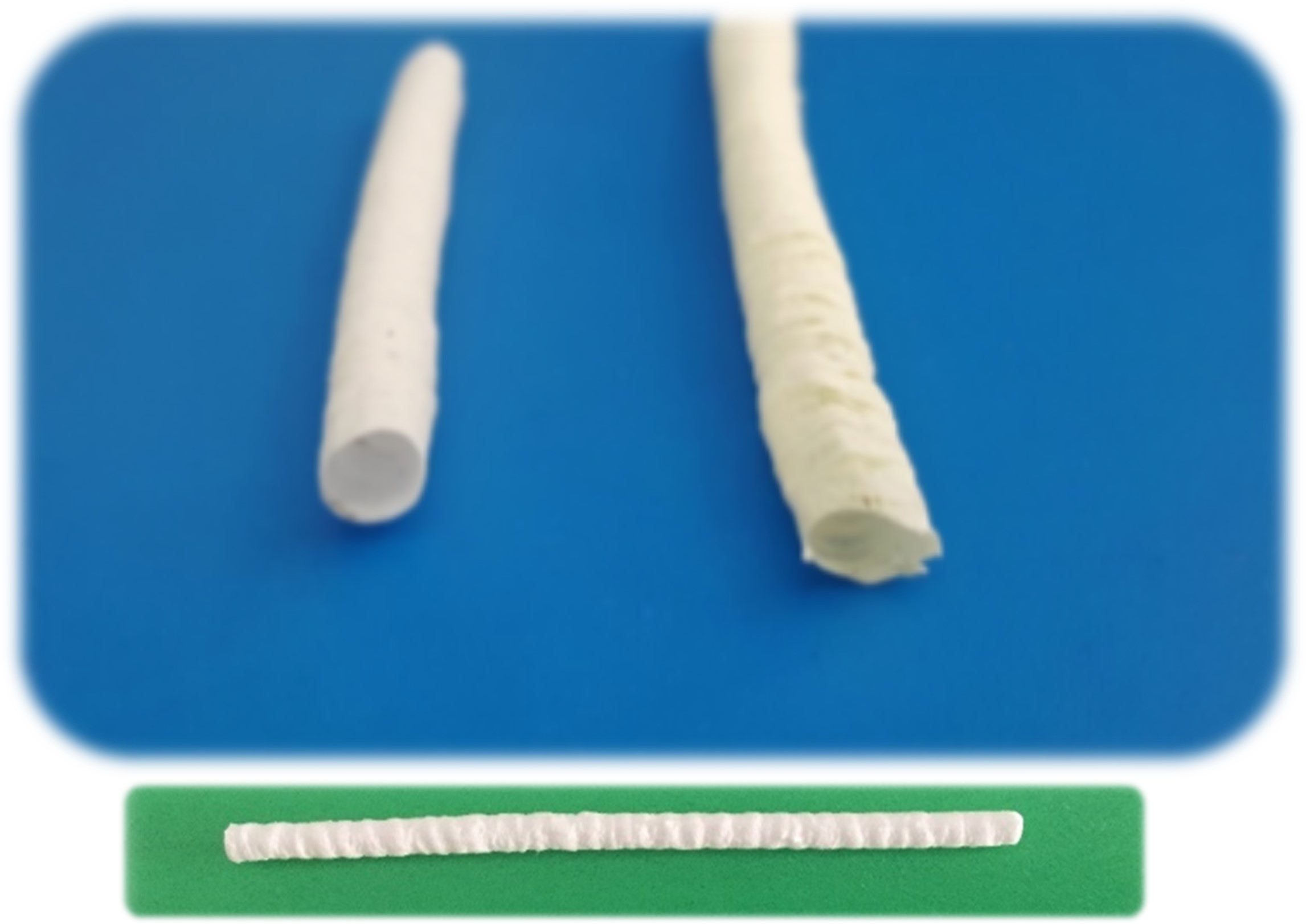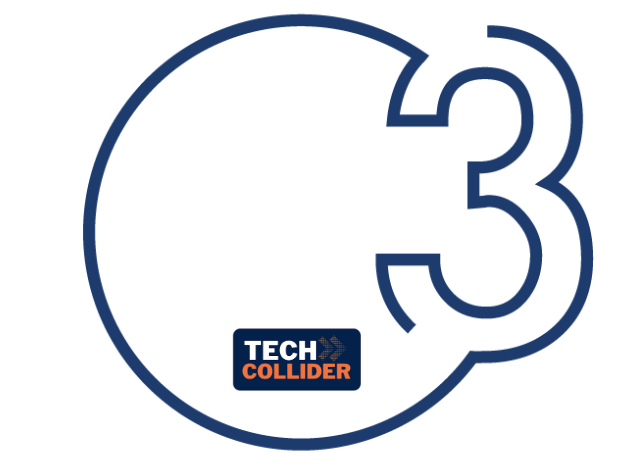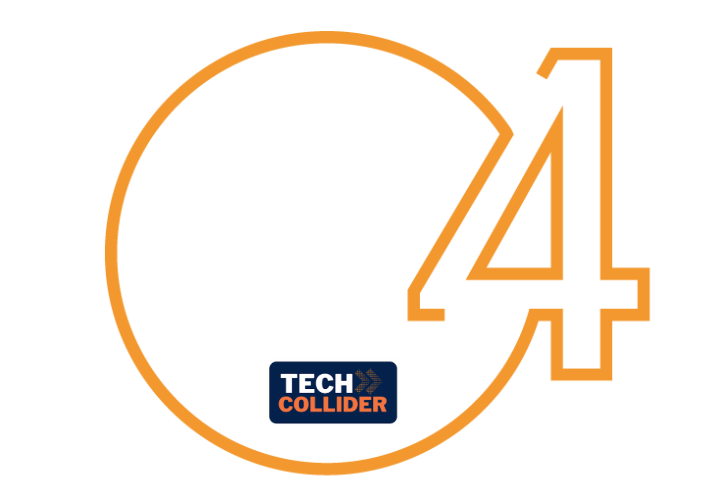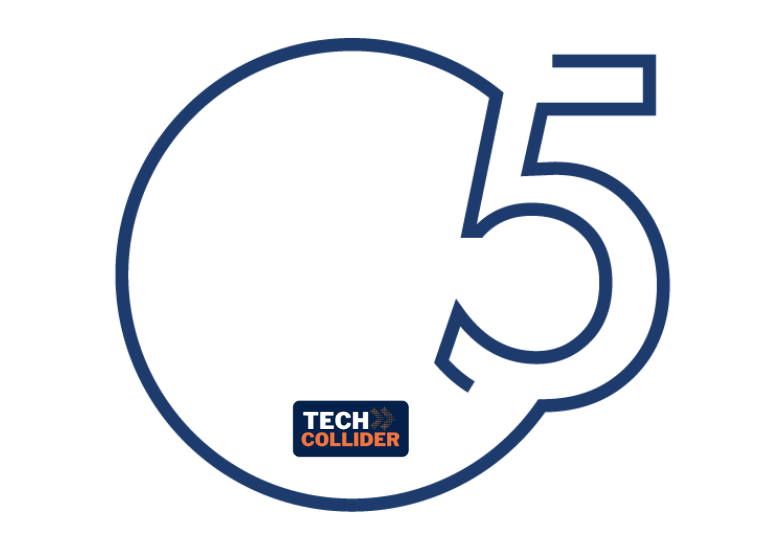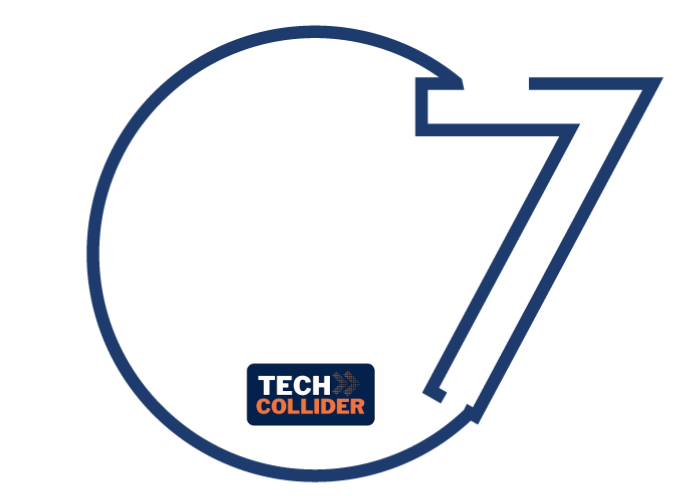In Western countries, diseases affecting the cardiovascular system are the most common cause of morbidity and mortality with important effects on national health systems. In the presence of vascular obstruction, in order to restore the blood flow, preserving all the functions of the downstream tissues, it is necessary to introduce an arterial bypass or completely replace the obstructed vessel. During the last decades, different types of vascular substitutes have been used to obtain bypasses or to replace damaged vessels. Non-biodegradable prostheses have been successfully used as vascular substitutes but only for vessels with a diameter greater than 6.0 mm. However, these cannot be used when the affected vessel has a smaller caliber as it could lead to events of thrombotic nature, intimal hyperplasia, possible calcification, and possible inflammatory response, as well as infections that derive from the implanted prosthesis. To date, different laboratory-scale approaches have been developed to obtain small-caliber, biocompatible, biodegradable, and bioresorbable prostheses, made of polymers processed by 3D printing, electrospinning or from decellularized animal tissues, but without success. RESCUE is produced by the electrospinning technique and could be a highly innovative vascular prosthesis that could have important socio-economic implications.






